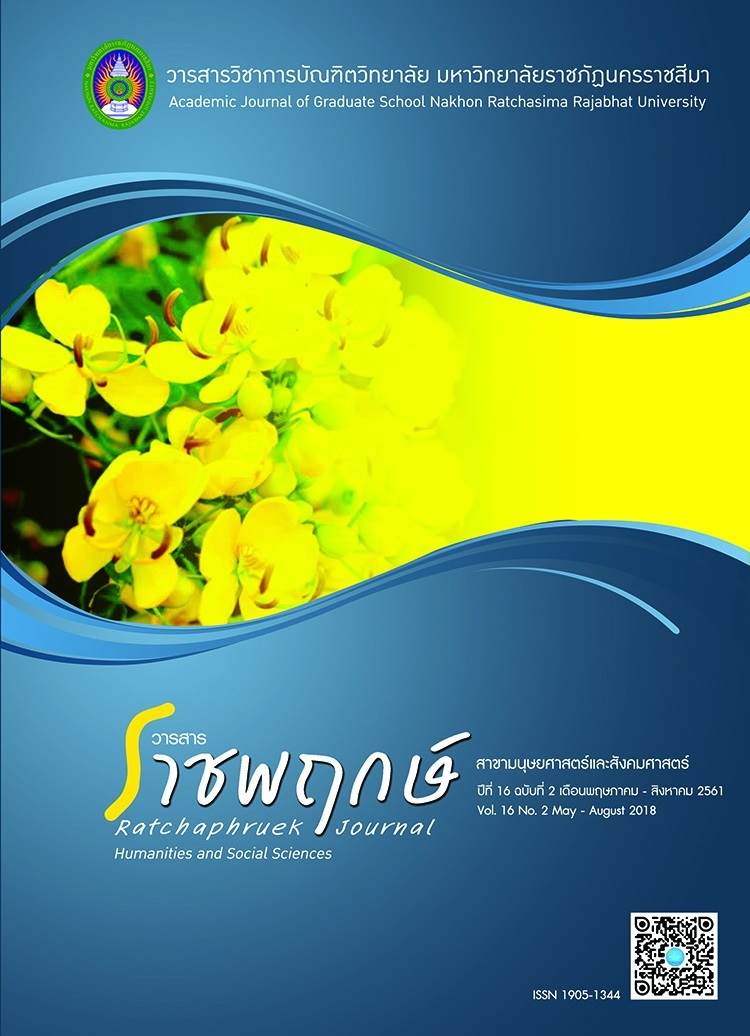Factors Influencing the Technology Leadership of the Office of Disease Prevention and Control Personnel, Ministry of Public Health
Main Article Content
Abstract
The objectives of this research were to 1) evaluate the level of technology leadership, factors affecting technology leadership of the Office of Disease Prevention and Control Personnel, Ministry of Public Health, and 2) compare according to sex, age, and experience and 3) study the influence of each factor on technology leadership of the Office of Disease Prevention and Control. Samples were 360 personnels of the Office of Disease Prevention and Control, section 1-12 selected using quota sampling and simple random sampling method. Questionnaire with a 5-level rating scale was used as research instrument with a reliability of 0.98. The data collected was analyzed using statistical packed program and LISREL 8.54 program. Statistics were descriptive and inferential statistics. The research results found that the mean of technology leadership level were at a high level. All factors, namely, technology competence, technology vision, and technology integration, when compared between sex, age, and work experience, were statistically significant indifferent. Technology competence had the highest total influence on technology leadership of 0.53, with a statistically significant direct influence of 0.53, and a non-statistically significant indirect influence. This was followed by technology vision, which had a total influence of 0.27, a statistically significant direct influence of 0.36, and a non-statistically significant indirect negative influence. Technology integration had a non-statistically significant total and direct influence. All the three factors can be combined and used to predict 68% of technology leadership. It can be concluded that the improvement of technology leadership can be done by directly improving technology competence.


